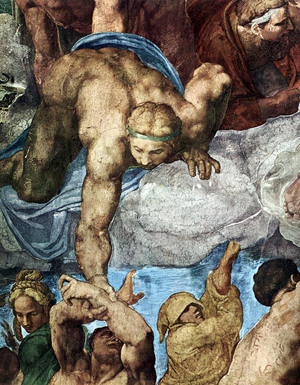All Saints' Day
All Saints' Day, Nov. 1, was instituted to honor all the saints, known and unknown, and ask for their prayers. It is a holy day of obligation.
In the early days, Christians were accustomed to solemnize the anniversary of a martyr's death for Christ at the place of martyrdom. Groups of martyrs frequently suffered on the same day, and in the persecution of Diocletian, the number of martyrs became so great that a separate day could not be assigned to each. But the Church, concerned that every martyr should be venerated, appointed a common day for all. The first trace of this was in Antioch on the Sunday after Pentecost.
Pope Gregory III (731-741) consecrated a chapel in the Basilica of St. Peter to all the saints and fixed the anniversary for Nov. 1. Pope Gregory IV (827-844) extended the celebration to the entire Church.
Many customs of the feast's vigil, Halloween, reflect the Christian belief that we mock evil because as Christians, it has no real power over us. The modern custom of "trick-or-treating" comes from the Middle Ages when poor people begged for "soul cakes" and in return prayed for departed souls.
All Souls' Day
All Souls' Day, Nov. 2, commemorates the faithful departed – those who die with God's grace and friendship.
Not everyone who dies in God's grace is immediately ready for the goodness of God and heaven, so we must be purified of the temporal effects of sin. The Church calls this purification of the elect "purgatory." Church teaching on Purgatory essentially requires belief in two realities: there will be a purification of believers prior to entering heaven, and the prayers and Masses of the faithful in some way benefit those in the state of purification.
As to the duration, place and exact nature of this purification, the Church has no official dogma, although St. Augustine and others used fire as a way to explain the nature of the purification.
― NewAdvent.org and ChurchYear.net



